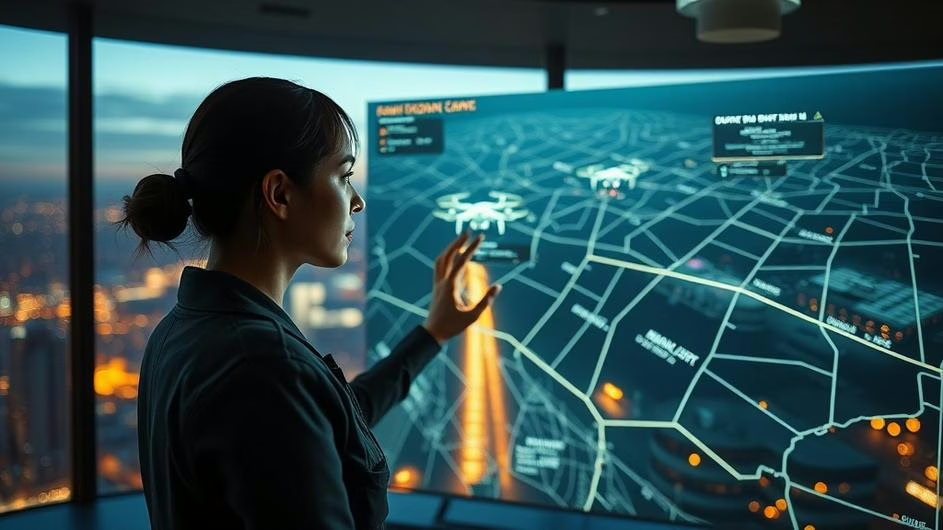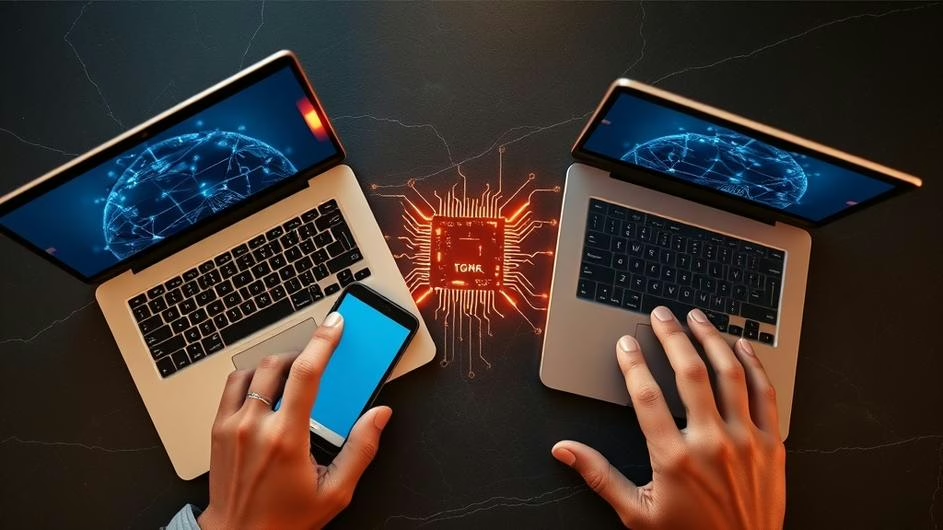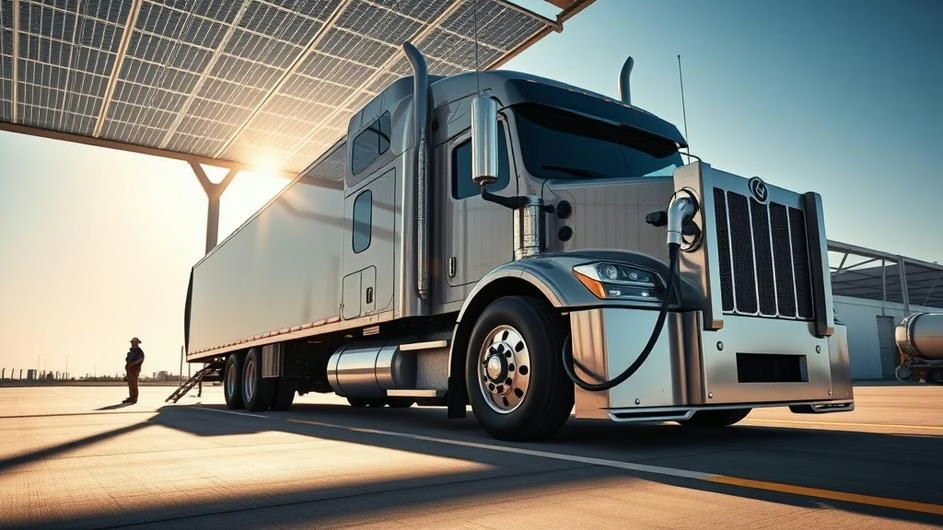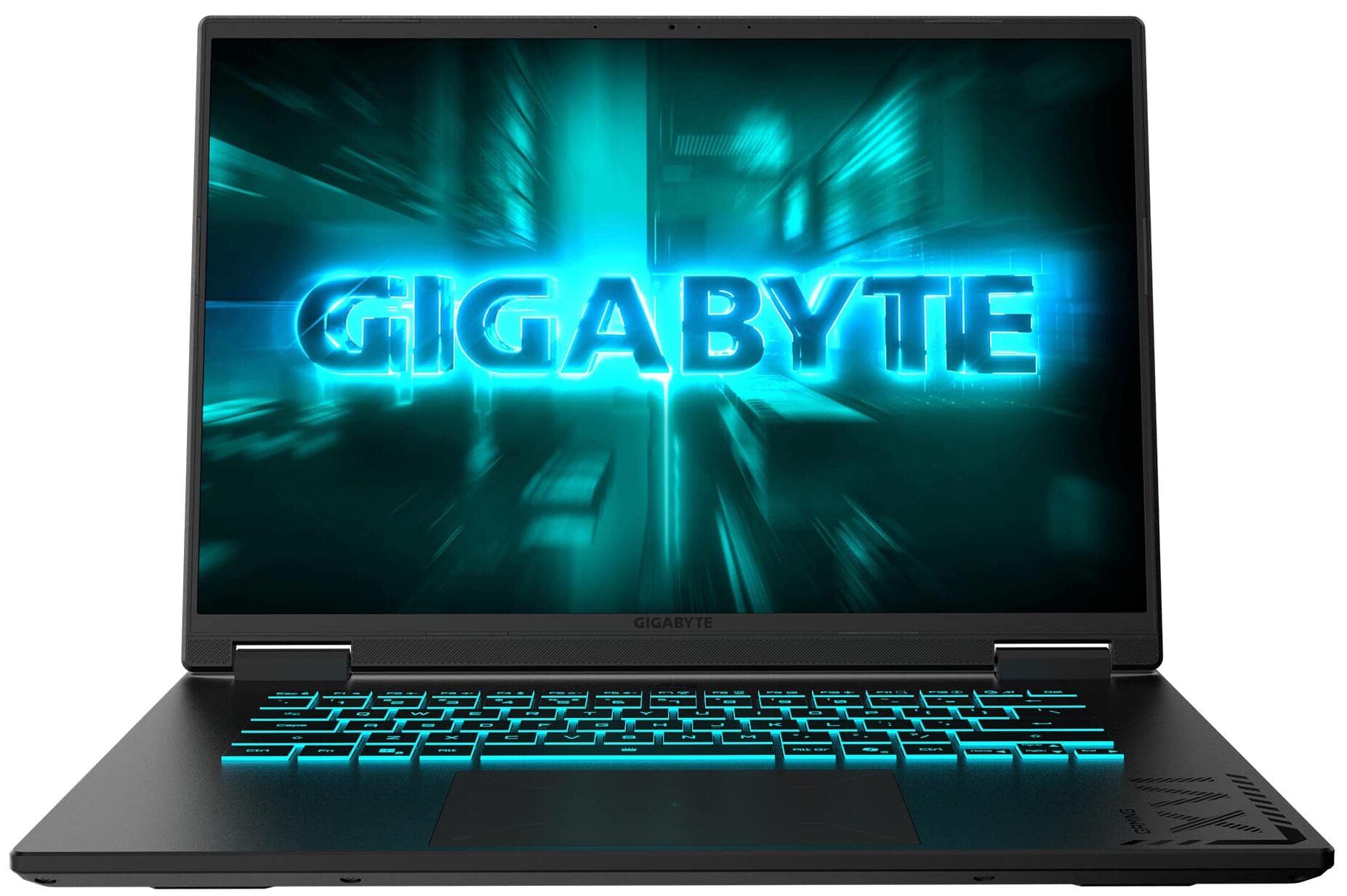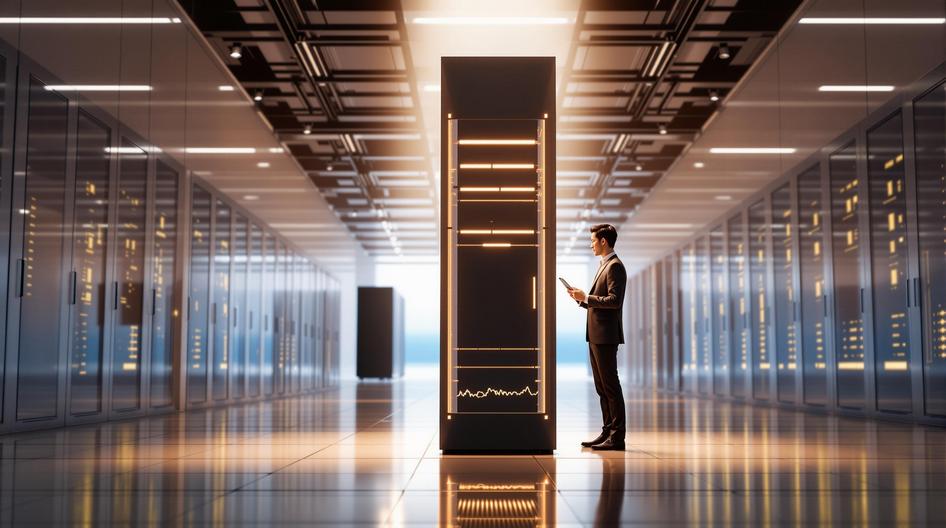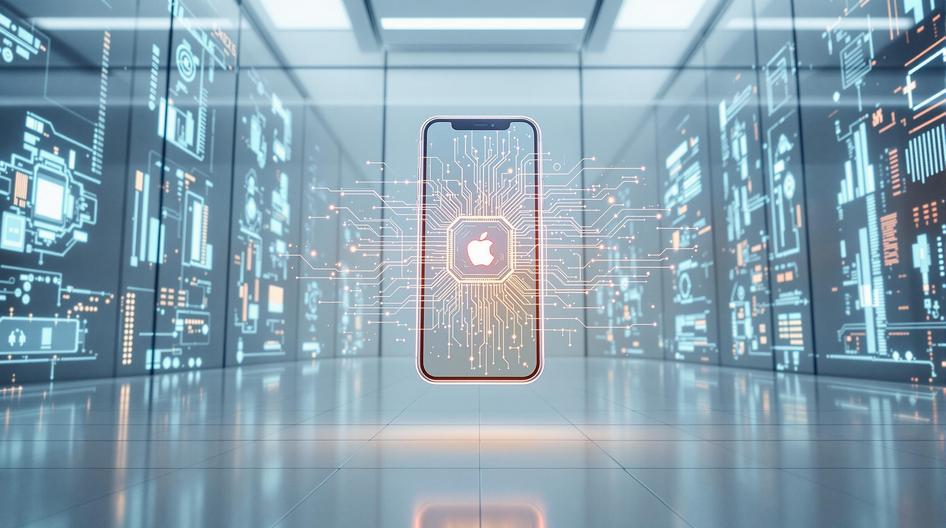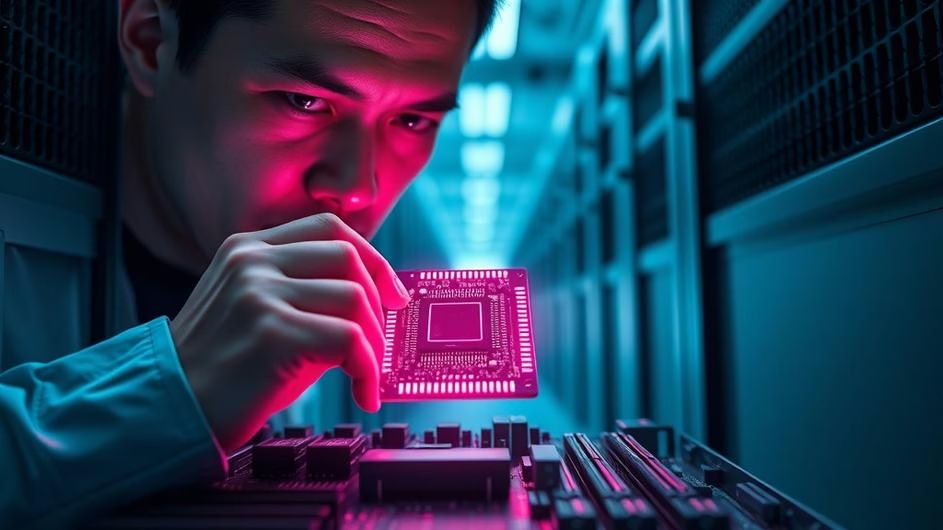
Huawei Ramps Up AI Supercomputing Race Amid Global Chip Realignment
The AI revolution isn’t slowing down, and neither is the heated competition between tech giants vying for supremacy. While artificial intelligence reshapes industries across the globe, we’re witnessing a fascinating power struggle that could reshape how we think about computing infrastructure.
This month, Huawei made headlines by unveiling some seriously impressive AI computing systems. We’re not talking about minor tweaks here. These are bold moves designed to challenge Western tech dominance and build China’s own AI powerhouse.
What’s Got Everyone Talking?
Huawei’s latest Atlas 950 and Atlas 960 “SuperPoDs” aren’t your typical server upgrades. These beasts are engineered for massive data processing loads, the kind needed for blockchain analytics and crypto security operations that power today’s Web3 ecosystem.
Here’s where it gets interesting: the Atlas 950 supernode can pack up to 8,192 of Huawei’s homegrown Ascend chips. The larger SuperCluster? It’s designed to handle over half a million semiconductors. Those numbers put Huawei in serious competition with global leaders, even though they’re using domestically manufactured chips that aren’t quite as powerful as cutting-edge Western processors.
But here’s the thing. Raw power isn’t everything.
It’s All About Smart Architecture
What makes Huawei’s approach fascinating isn’t just brute force computing. It’s how they’re optimizing these systems through intelligent interconnectivity and resource management. Think of it like this: instead of relying on a few super-powerful chips, they’re creating networks of tightly integrated processors that work together more efficiently.
This matters big time for anyone working with large language models, AI-driven security systems, or decentralized applications. Speed and efficiency become crucial when you’re processing transactions on blockchain networks or running complex AI models for fraud detection.
The Nvidia Factor
Why is Huawei pushing so hard right now? Simple. Nvidia, the current king of AI hardware, is facing serious restrictions in China. The US government has been tightening controls on advanced chip sales to China, forcing Beijing to accelerate its push toward tech independence.
This shift has real implications for the crypto world. When China can’t rely on foreign tech, it doubles down on building its own infrastructure for everything from asset tokenization to regulatory-compliant blockchain platforms. Better AI clusters mean faster transaction validation, smoother peer-to-peer exchanges, and smarter compliance monitoring.
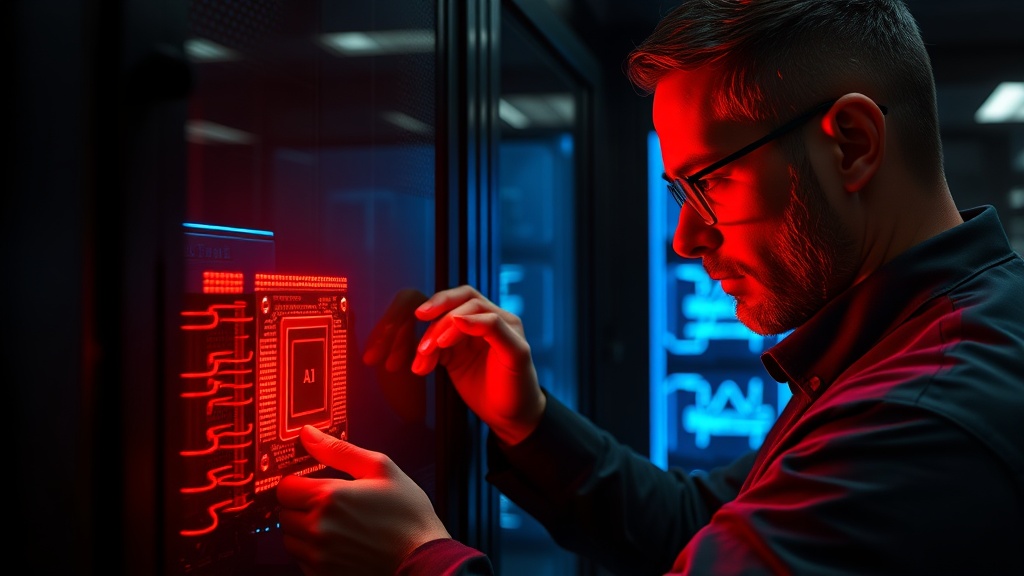
Looking Beyond the Headlines
Huawei isn’t just making a short-term play here. The company has outlined a multi-year roadmap for new Ascend AI chips and expanded supercomputing clusters. Industry watchers believe these Atlas systems could remain competitive for years to come.
This connects to a bigger story about digital sovereignty. China wants control over the tools driving innovation in blockchain, tokenized marketplaces, and decentralized search. For Web3 developers and crypto investors, this means potentially more robust infrastructure options and reduced dependency on single suppliers.
Why This Matters for Tech Users
If you’re building apps, trading crypto, or just keeping tabs on tech trends, these developments affect you more than you might think. The hardware arms race isn’t just about national pride. It’s reshaping who controls the infrastructure powering our digital future.
For developers working on AI-enhanced applications, having multiple hardware options means more flexibility and potentially lower costs. Crypto traders might see improved exchange performance and faster settlement times as competing infrastructure gets better.
Investors? They’re watching this space closely because the company that dominates AI hardware could have a massive advantage in everything from autonomous vehicles to smart city infrastructure.
What Comes Next?
Will Huawei actually overtake Nvidia in key areas? That’s the billion-dollar question. What we know for sure is that competition drives innovation. As nations and companies build next-generation systems, we’ll likely see rapid improvements in processing power, energy efficiency, and specialized AI capabilities.
The race is heating up, and both sides are investing heavily in R&D. For anyone working at the intersection of AI, crypto, and digital finance, this means exciting times ahead. More powerful infrastructure, better security tools, and potentially game-changing applications that we haven’t even imagined yet.
The hardware powering our digital world is evolving fast. Whether you’re a developer, investor, or just someone who cares about tech innovation, keeping an eye on this competition will help you understand where the industry is heading next.
Sources:
- “Huawei unveils new computing tech as China seeks AI strength”, Global Village Space, September 18, 2025
- “Huawei touts ‘world’s most powerful’ AI chip cluster as Nvidia’s China challenges mount”, CNBC, September 18, 2025
- “How Huawei plans to outperform global tech leaders with less powerful chips”, ABC News, September 19, 2025
- “How Huawei plans to outperform global tech leaders with less powerful chips”, Greenwich Time, September 18, 2025
- “Huawei Unveils New AI Chip Tech to Challenge Nvidia’s Lead”, Bloomberg, September 18, 2025



















